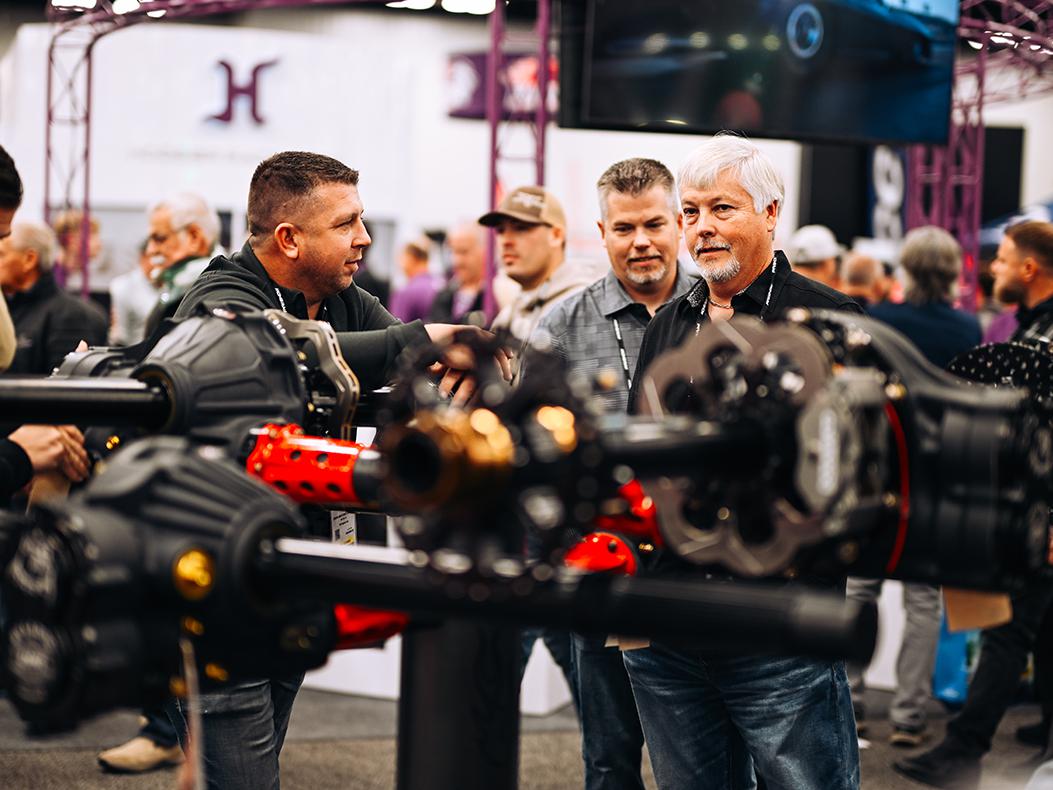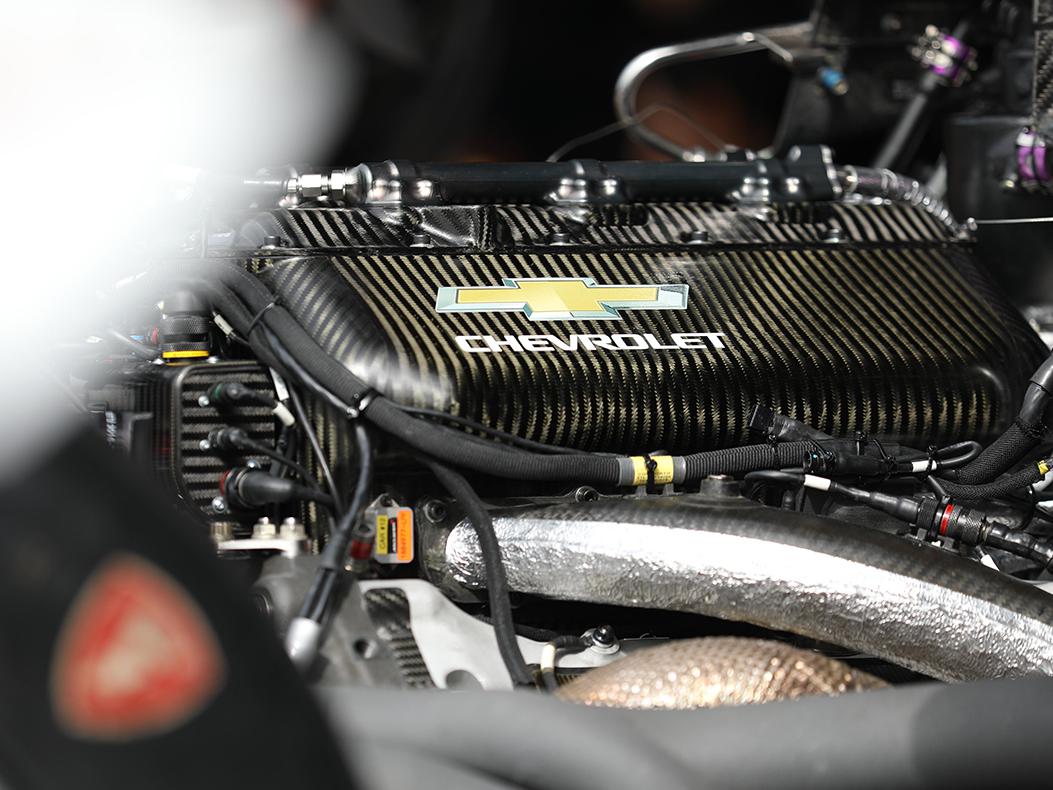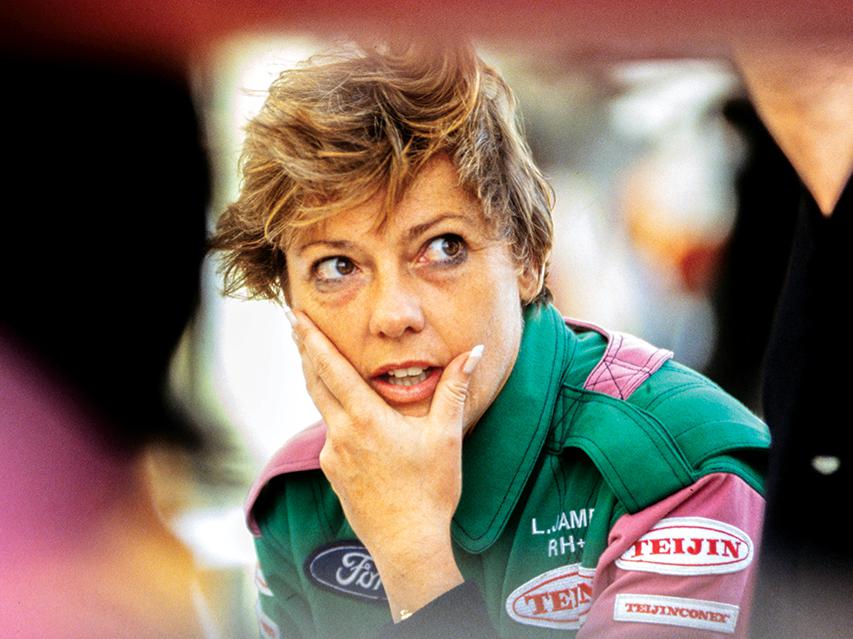Business Profile: Stuckey Enterprises
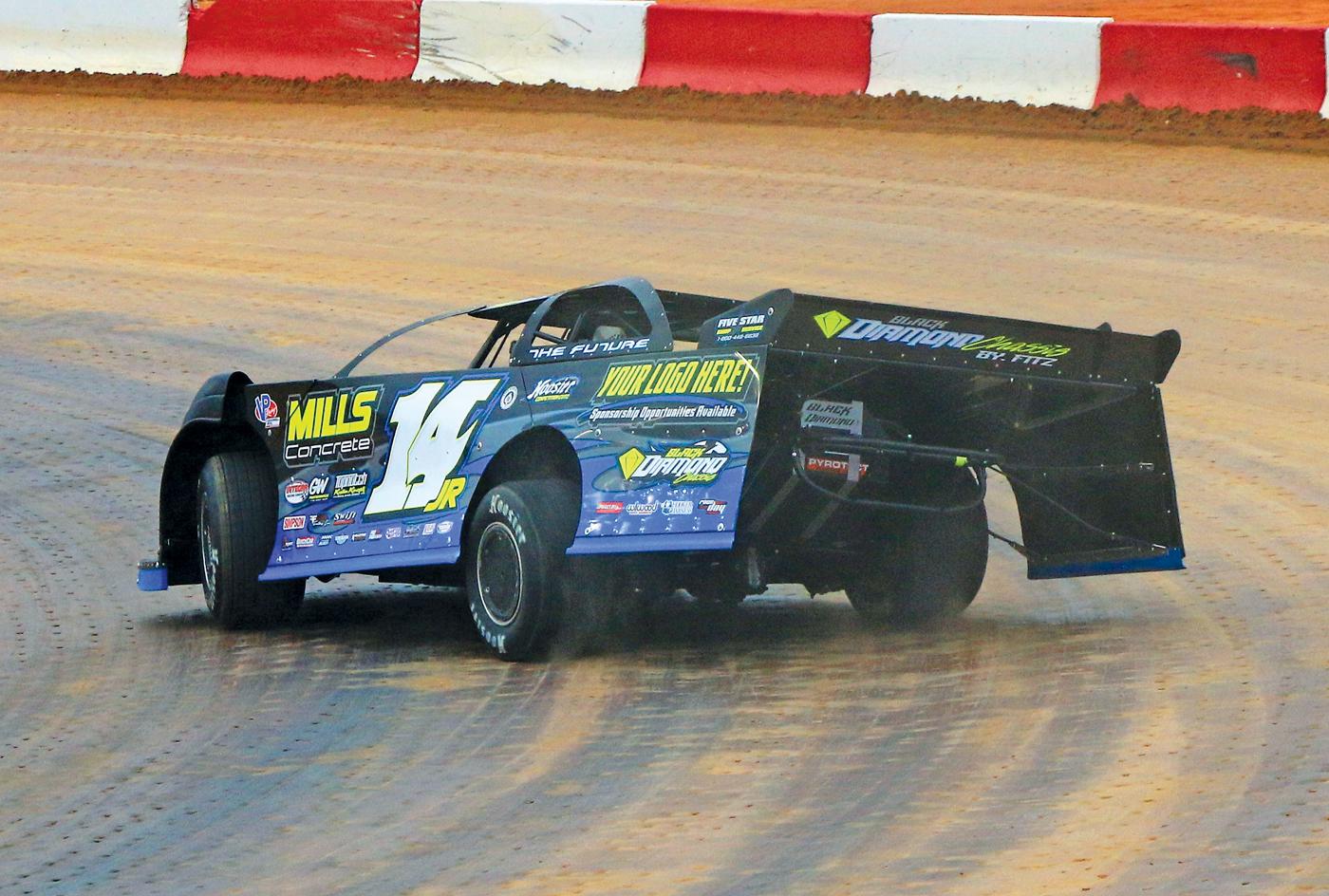
Being a small chassis builder has its advantages, and Stuckey Enterprises has made the most of its niche position, emphasizing personalized customer service while pinning plans for growth on an all-new Black Diamond chassis for the 2024 season.
Ronnie Stuckey is hoping for—no, Ronnie Stuckey is working for—a comeback.
An all-new Black Diamond chassis is already on the track. “We took three of them out to Vado, with Kyle Beard, my manager BJ Robinson, and my son Clay, and we got six nights of racing,” Stuckey related when we spoke in mid-February. He planned to start campaigning the new cars in the COMP Cams Super Dirt Series in March. “We’re close to having 10 of them built, when our customers start racing in March or April.”
Stuckey’s long career in racing has included stints as crew chief for Scott Bloomquist and for the late Freddy Smith. “Smith was a perfectionist in the department of the front end: camber, caster, and bump steer,” Stuckey recalled. “I learned a lot from him, which enabled me to get a job with Billy Moyer [Sr.], where I worked for three seasons with good success.”
In 2002, Ronnie and his wife Terri returned to their hometown of Shreveport, Louisiana, and launched Stuckey Enterprises, where they assembled, sold, and repaired chassis from various manufacturers. They built the first Black Diamond chassis in 2013, and updates to the design have kept the brand competitive. Last May, at Batesville Motor Speedway in Locust Grove, Arkansas, Robinson won the 30-lap feature; and the following night Beard aced the Bad Boy Mowers 98, collecting a career-high $12,000 for his effort. Then in October, Beard nearly cinched the COMP Cams Super Dirt Series, finishing the season just two heartbreaking points behind series champ Billy Moyer Jr.
Still, Stuckey remembers 2018—not so long ago—when Earl Pearson finished first in the Dirt Million finale at Mansfield, and Jimmy Owens topped the Knoxville Nationals. “Those wins stand out more than what we did last year.”
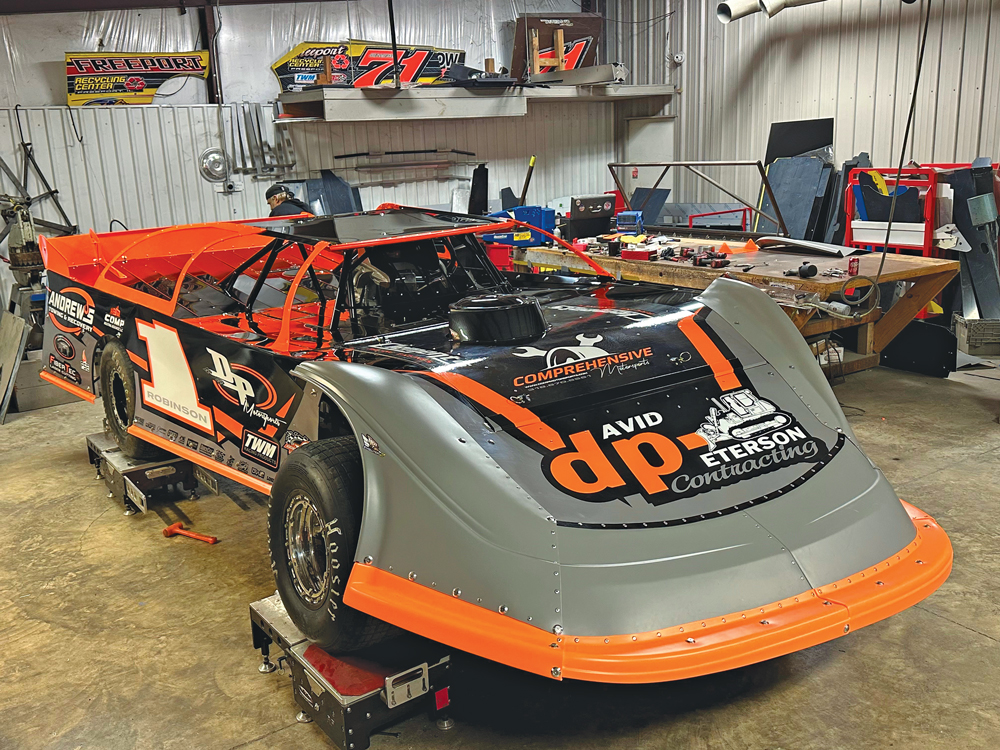
ROUND AND ROUND
Stuckey’s tone is not wistful or nostalgic; he has seen this cycle before. One brand starts winning on the national level, “and the teams all jump on that bandwagon. They almost have to, and after a few years it all breaks up and goes another way.” Perhaps the leader “starts getting a bit stale, while their competitors are working harder than ever, developing new cars, new frames, new suspensions. Rocket built the XR1 for almost 10 years, and all the while Longhorn kept pecking away at it.” Now Longhorn is the top-seller, “and Rocket and Barry Wright and us, we’re hoping not to just catch up but to pass them up. We’ve looked at their chassis, which is built quite a bit differently from the way we’ve built chassis in the past. The halo and the hoop attach differently. They’ve strengthened the center of the car and given the front and back a little more flex. That fits the new tire rules and gives the shocks a break.”
Stuckey understands how the leading chassis works because he invested in equipment to examine it. “Our business purchased a laser cutter in 2023, and that allowed us to re-work our jig fixture so we could look at multiple frames—really get down to the nitty-gritty and see how they had been improved, rather than just looking at them with a tape measure.” Stuckey used the laser to “cut a piece of half-inch plate, and cut half-inch holes on 4-inch centers, and build a jig fixture where all the jig fixtures unbolt. That allowed us to set anyone’s frame down in there, including our own. So now we can compare frames and get a better understanding of what our competitors are doing to bring their cars to the front.”
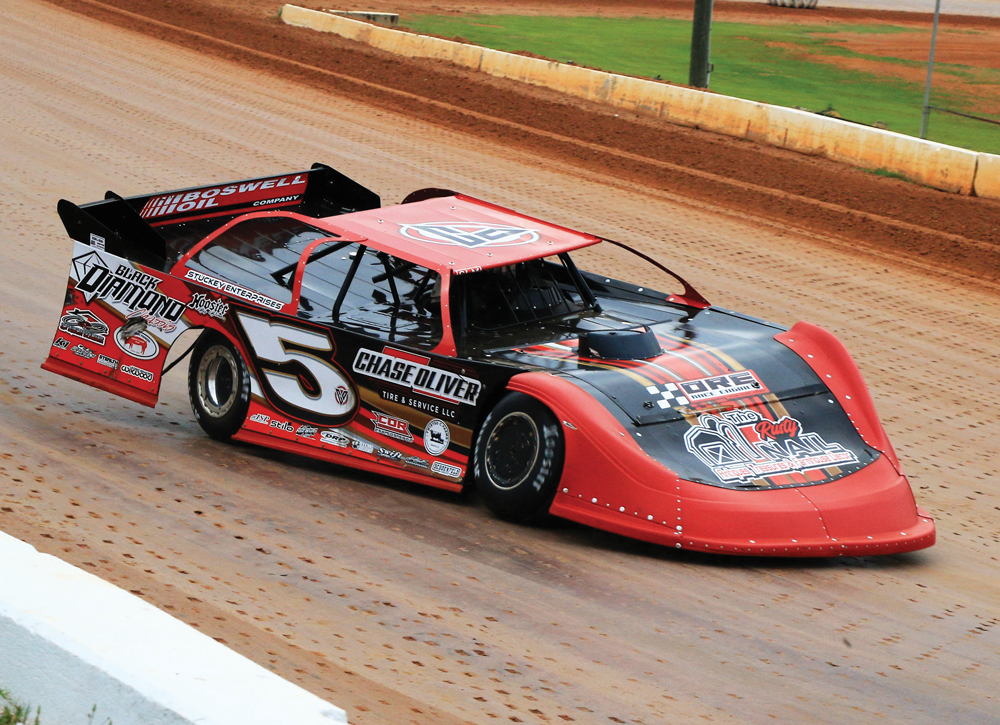
Stuckey is naturally reluctant to reveal details of his latest chassis, but he did share some of the theory behind it. “The way that they are driving them today, they fuel them up before the apex of a corner, but you don’t want to let the motor lift the left front off the ground. If you look at the cars that have a wheelie effect, they get beat by the ones that don’t. So we had to change the way the chassis was structured to deal with that.” Suspension pickup points have also been changed, and Stuckey offers some of these new upgrades for older Black Diamond chassis.
DIRT TECH
Stuckey’s arsenal of test equipment includes an Accu-Force spring smasher (“We feel we have a really good brand there.”), an RE suspension dynamometer, and a DRP pull-down rig—although “we don’t get on the pull-down rig as much as we used to. It doesn’t take into consideration aerodynamic side loading, or the side loads from G-force, or tire squish, and if you don’t have those key elements, you’re not getting the whole picture.”
Stuckey prefers “all-out data testing,” running laps with an AiM data logger, “bringing that test data back up on your computer and comparing lap times to the changes you made. Then you can use your spring smasher to find the sweet spots, the numbers your car needs to be competitive for different track conditions.” Two “key areas” are suspension travel at the right front, and the action of the left rear chain limiter. “The gains are always there. You want to make sure your right front is traveling enough, and that your left rear is not traveling too far.”
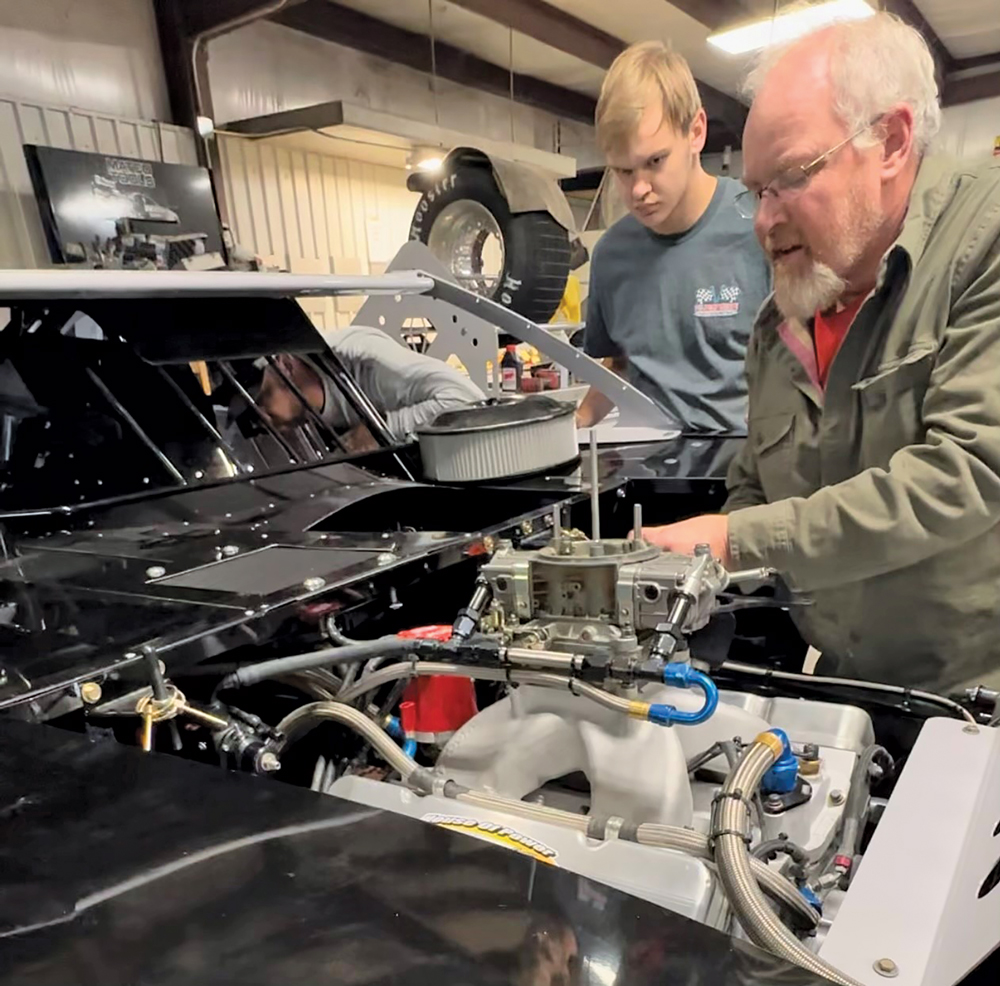
For some data, Stuckey depends on his suppliers, who can afford even more sophisticated equipment. “We stay on top of shocks through Integra and Bilstein. The shock manufacturers are such a huge part of what we do today, you have to get their help to develop a package that complements your chassis.” Similarly, “we stay on top of springs through Swift and Eibach. We lean a lot on Keith Berner at Accu-Force. He’s made some huge advances both in collecting data and understanding various brands of cars—how the data relates to each car, and what you can take from one brand to another. So we use Keith’s data on the car, and then go to the track and do, say, 15 sessions of hot laps, then go back to Keith and dissect the new data with him.”
Aerodynamics are “very important” at half-mile tracks such as Volusia or Eldora, where a dirt late model can “get up closer to 100 mph. We usually see that the cars with the most scoot are very competitive, and cars with older-style bodies are really off the pace. But at a small track where you’re going left at 60 or 70 mph, aero is not making much of a difference.”
Clearly, the development process is data-driven, but Stuckey doesn’t characterize anything he does as simulation. “They’re doing that in NASCAR, but in the dirt world it’s still a lot of hardcore trial and error.” Experience is as important as technology. “You have to test with a driver who knows the basics. If your driver is looking for traction, is the steer-in good? If it is, then you have to find some traction. If it isn’t, then you have to fix the steer-in first.”
WINNING SALES
Stuckey understands that while race wins drive new sales, service can keep customers coming back. “Chassis sales are directly related to speed. When you’re not building cars that win on the national level, it’s a lot tougher to sell them on a regional level.” Tough, but not impossible, because “you have so much loyalty from the teams you’ve spent time with on the telephone, helping them through their problems. We have some good dealers, too, who help us sell cars, such as Jason Fitzgerald, who handles about 10 customers himself. You have to have good dealers out there to push your products, and go to the race track, and make sure your teams are competitive all night.”
Fitzgerald described his Fitz Factory Inc. in Middleburg, Florida (about 30 minutes south of Jacksonville) as “a training facility, because that’s the future of the sport.” His drivers include Trey Mills, who at 15 finished fifth in last year’s Hunt for the Front Super Dirt Series, earning rookie of the year honors. Mills and fellow Fitzgerald protege Jackson Hise are competing this year in the Lucas Oil Late Model Dirt Series, where in early March they ranked 50th and 47th in points, respectively—solidly mid-pack in a field of more than 100 drivers.
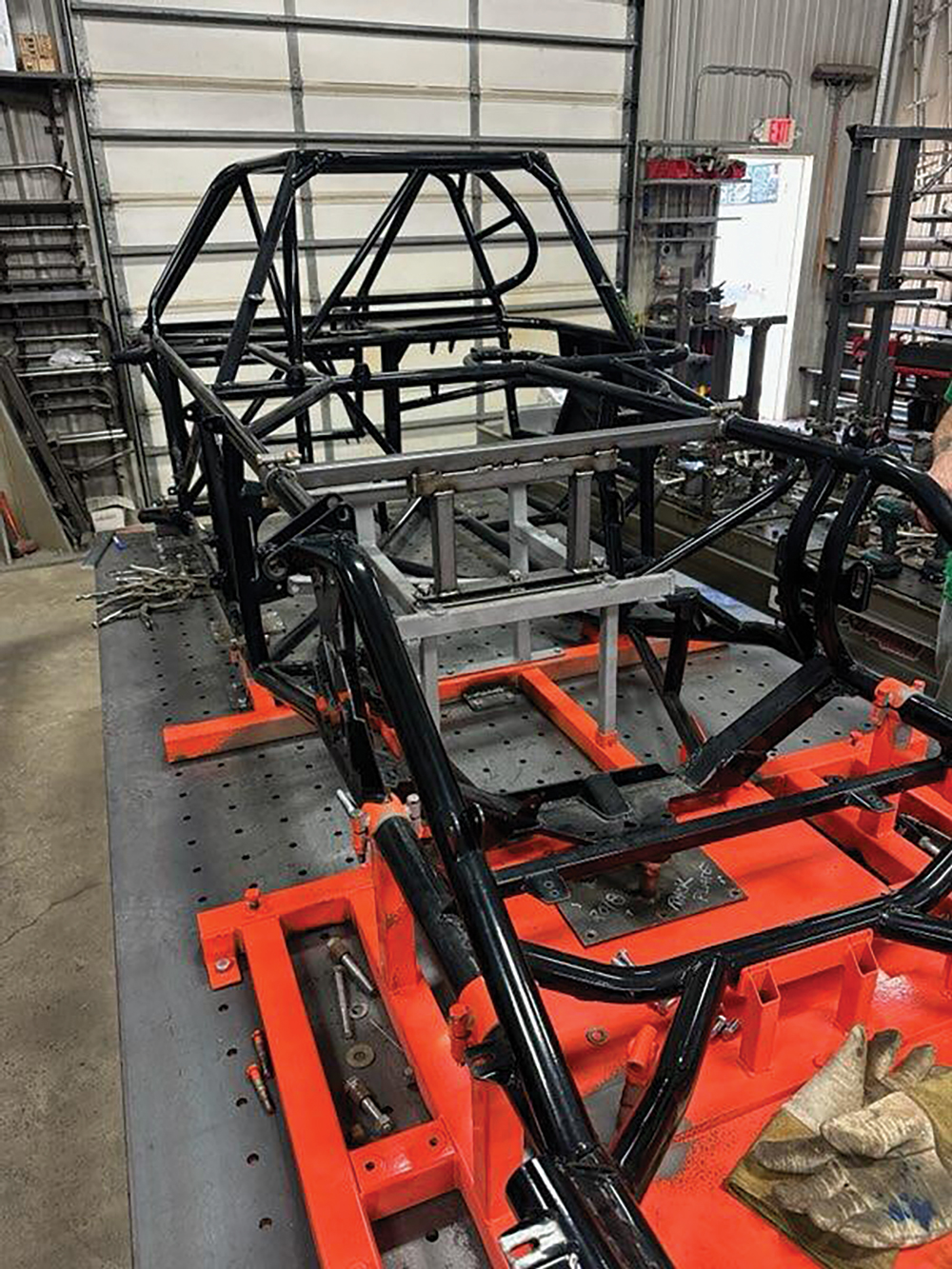
“I met Ronnie when he was consulting for Earl [Pearson], and we just hit it off,” Fitzgerald recalled, adding that Stuckey had become a friend and mentor long before any business association. Fitzgerald was driving a Longhorn for James Simons, when Simons, impressed by Pearson’s racing success, suggested a switch to Black Diamond. “And I said, ‘I know those guys, they are friends of mine, so let’s try one.’”
Fitzgerald’s continuing loyalty derives not only from his friendship, but also his respect for Stuckey’s knowledge and work ethic. “Every chassis builder out there is really, really good, but no matter what you buy, you still have to work to make it go fast. It’s not like you can buy something magical. I’m with Ronnie because he works as hard as I do. He’s worked for the best of the best, and he’s just a book of knowledge. And if I call at 4 o’clock in the morning, he might not answer on the first ring, but he will answer on the second ring.”
Interestingly, “book of knowledge” is also how Hunter Rasdon described Stuckey. “He’s been around dirt late model racing going back to the Scott Bloomquist days. He thinks things through, and he pays attention to detail. Everybody in the pits, no matter what brand of car they have, wants to talk to him. I’ve seen multiple situations where people with different cars get into a wreck, and he opens his shop and helps them any way he can.”
Rasdon met Stuckey in 2015, when he and then-sponsor Brown Bros. Farms decided to move from modifieds to dirt late models. “I talked to Ronnie and other people I knew in the industry, and they all said how good a guy he was. So we got one of his cars, and he really helped me out. He taught me the ropes of late models, and he helped get my name out there. In 2016 we nearly won the COMP Cams championship, but we got beat on the last night by three points.”
Now operating as Five Star Motorsports in Little Rock, Arkansas, Rasdon “tries to help out pretty much anybody in the area who runs a Black Diamond. We’re about 5 1/2 hours from Shreveport, and Ronnie’s always been real good about sending customers in my direction. It helps Ronnie, it helps me, and it helps the racers in this area.”
Rasdon himself still relies on Stuckey for advice. “He and I are just real good together, bouncing ideas off each other and being open with each other. And it’s not just Ronnie, either. Terri has been real good to me. BJ and I work really well together. It’s everybody who works in the shop. It helps when you have multiple people who can talk and share notes. You get a better game plan. When I show up there, I feel welcomed.”
Stuckey emphasized that any customer, anywhere, “can still ring in here and talk to BJ or myself—and every night you are at the track, you are going to help the teams that buy your cars.” More often than mechanical problems, teams will ask Stuckey about setup for a particular track surface. “It’s taking your experience, traveling around the country for 30 years, and projecting what that track is going to do during the next event. Is it going to get slicker, or rubber up? Will the moisture strip stay in, or will the crew come out and re-work it? You use your experience, what you’ve seen at other tracks, and bring it to that night. More people will come over and ask you, ‘What do you think is going to happen?’ than ‘What spring do you think I should put on?’ You have to know what the track is doing first.”
In fact, one advantage that a smaller manufacturer enjoys is ”a little more one-on-one with the owner, or with the tech lead at the shop, so when you are at the track you are trying to help five teams instead of 25. There are advantages to keeping your quantities down, but in all honesty any chassis builder wants more quantity—because it’s a lot easier to beat ’em with numbers,” he added.
THE NEXT CORNER
In addition to building Black Diamond Chassis, Stuckey Enterprises offers repairs, suspension updates, shock dyno services, body fabrication, and wrap installation. Ronnie and Terri also own Advanced Powder Coating and FiberTec laser cutting, bringing both of these functions in-house, while providing additional income from racing and non-racing customers.
Asked about long-range goals, Ronnie cited the racing careers of sons Jarret and Clayton. At 25, Jarret “has already won a couple of races, and in 2023 we let him run the COMP Cam series, and he put together some good weekends. We’re building him a new car now.” Clay, 20, “took a different approach,” traveling last year through “Louisiana, Arkansas, Missouri, Iowa, Illinois, Indiana, and down through Tennessee and Mississippi, running about 80 races” and “learning a ton,” before turning west to Vado Speedway Park in New Mexico and Casa Grande in Arizona. “He’s already run 13 features in 2024. It will take money to move them both to the next level, but as long as they are running competitive races, they will continue to learn.”
A more immediate goal, of course, is the successful launch of the new chassis. “If your cars are running up front,” said Stuckey, “or even running better—when racers see a car running better, and it’s a car they used to out-run, they are going to ask who built the chassis, and someone’s phone is going to ring. That’s why we spent the second half of 2023 rebuilding our car, so we cannot just catch the cars that are in front of us but pass them.
“Because if you do that, your phone will ring, I promise you!”
 MEMBERSHIP LOGIN
MEMBERSHIP LOGIN JOIN PRI
JOIN PRI
